Email open rate is the evidence for mailing campaigns’ aptness. The indicator is a proportion of unique messages’ openings to the amount of delivered emails. Low open ratio flags up that one shall adjust the current strategy because something went fundamentally wrong with it.
Constructive changes for the better require the metric to be analyzed alongside CTR, spam complaints, and others.
Scale insightful marketing content across the web.
We help you grow through expertise, strategy, and the best content on the web.
What is a good email open rate?
In 2020, the average email open rate was 18%. Still, with regard to email campaigns, a cover-all norm is poorly applicable. The open rate metric varies and solidly depends on the industry and particular campaign settings. For example, the following 4 sectors perform noticeably better than the global average: Government & Politics (26.7%), Nonprofit (25.5%), Education (24.9%), and Financial Services (24.8%).
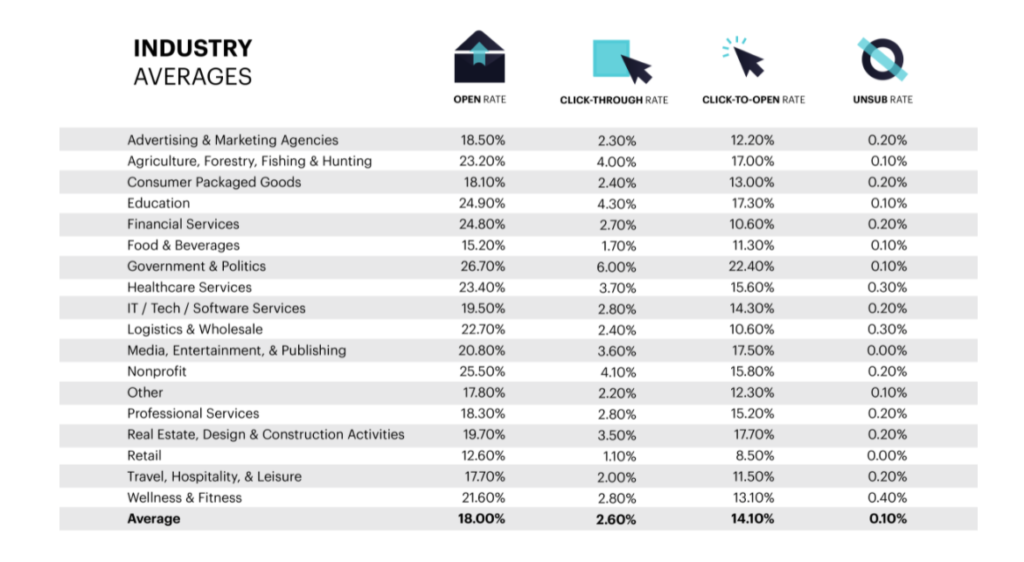
It is not difficult to see that TOP-3 positions belong to non-commercial niches. This may be due to the excessive incoming information that humans face nowadays. Judge for yourself: the average employed person (self-employed or not) has to deal with 121 emails – seven days a week! Unless the matter doesn’t regard one’s safety or life, a “plain vanilla” incoming message will most likely end up being postponed and never-ever read. This guessing also explains why major marketable niches, like “Travel, Hospitality & Leisure” or “Food and Beverages” demonstrate the poorest open rate of all.
The quality of recipients’ database you handle, the wording you choose for titles and headlines, sender’s domain reputation, mailing frequency – all these directly affect whether the email will be opened or not. What to tell – email campaigns perform somewhat differently, falling back on even the weekday.

Monday and Friday is the best timespan to address prospects with emails. Timing matters by the same token. If your message falls into the Inbox during a lull, say a lunch break or evening slowing down, it will be camouflaged by the subsequent emails.
Anticipate that the open rate contrasts tremendously for different email types. For example, the average metric for the Welcome message is very tempting, with as many as 50% of recipients opening it up. In case with regular newsletters, one shall be content with 15-25% open rate.
Why the email open rate may be low
As a rule, the more broad topic the email covers, the fewer people are willing to open it. Some recipients can have a turned-on preview option. Thus, although they may have scrolled the entire message, this action doesn’t count as an “opening”.
Nevertheless, major causes for the low open rate are manageable. We’ve compiled 5 omnipresent pitfalls that are better prevent or fix:
1. Problems with subscribers qualification
These may occur if you utilize bought databases or approach data collection unwisely. For example – if the subscription scheme you use doesn’t presume a double opt-in verification. The person you’re going to reach out to shall confirm he or she is willing to receive newsletters from you. Reaching out to people who’ve never even heard about your company will inevitably end up with a low open rate, not to say complaints.
2. Unhealthy email lists
Making do with third-rate contact information will limit the effect to a minimum. The database shall be regularly updated and contain a valid email address. Recipients tend to change organizations, mail, and even gender. They can also unsubscribe or change a desirable mailing frequency. Ignoring these will make you blind at every door and wasting money.
When you add new contacts, say by scraping manually or utilizing low-quality parsers, the database quality may have a bad time as well. Missed letters, a dot, or a “@” symbol, as well as catch-all and temporary emails, will hit the mailing list for sure.
3. Poor segmentation
Customers who purchase a lot and those rarely visiting your online store shall receive dissimilar content, you’ll agree. Without detailed segmentation, you won’t develop tailored messages, promo codes, shopping lists, exclusive whitepapers, and other personalized essences.
4. Wrong subject lines
The following clichéd mistakes may degrade the open rate:
- Broad-brush subject lines
- Omitted preheader text
- Too low or too high urgency
- Jam-packed phrases
- Uncalled-for special characters.
5. Spam-trigger words
Mailing systems firewalls are very strict for spammy-looking words. These refer to money promises, security alerts, and all kinds of exaggerations.
10 Ways to improve your email open rate
1. Segment your email list
Segments are clear-cut groups of users who are homogeneous in their reaction to a given trigger. Coming up with these isn’t that difficult: 84% of companies can segment their email audience. All it takes is to determine segmentation criteria that match your mailing objectives.
To distinguish recipients from one another, you should have telling information. Think of what data you already have and whether some extra is required. Then – organize a strategy for obtaining details. The most obvious method is a detailed on-site registration form. After the user has signed up, ask him or her a few clarifying questions about the industry, company size, interests, etc. Or launch lead gen campaigns in social media and ask users for detailed data in exchange for a discount or other perks.
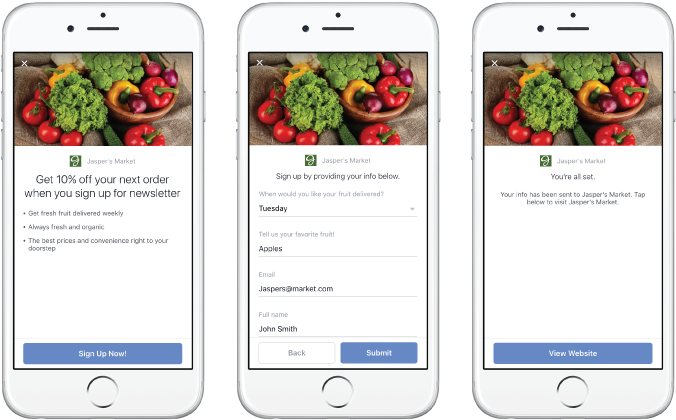
A good idea is to create Buyer personas or key account profiles. Thus, your marketers will visualize a personality or a company as an integral research subject – not a sum of scattered characteristics. For profiling, follow the checklist:
- Analyze demographics or firmographics
- Study interests and behavior patterns
- Identify “pains”
- Think of ways on how you can address needs.
2. Personalize your emails
Personal touch to newsletters can raise your newsletters open and click-through rates. 66% of people pay attention to what extent the sender has tailored the message. Show recipients that you’ve invested some time to get to know their needs by sticking to these recommendations:
- Talk by name
The “To whom it may concern” approach is gray antiquity and bad taste nowadays. If you were too busy to find a vis-a-vis name, why would he or she bother reading your message? Address by the name to establish a tone of confidence. However, try not to become overfamiliar.
- Respond to behavior
Where possible, launch trigger-based campaigns. Triggers may include regular or occasional user actions or distractions. For example:
- A sign-up
- Downloaded content
- Dropped shopping cart, etc.
- Create tailored offers & congratulate with holidays
Time your newsletter for the festival, anniversary, jubilee, carnival day, or other public holidays. Enhance the message with commercial points – without jerking. It’s well-advised to develop special discounts or one-time bonuses – to drive customers to proceed with purchasing. Overall, personalizations will surely result in you getting more emails and boosting your email marketing efforts.

- Provide operable free staff
Everyone likes getting things for free. Include some tips or pieces of advice that recipients can benefit from – send whitepapers, briefs, or templates. However, don’t go too far with these. Attachments or links to external resources sometimes cause the incoming message to be forwarded to the recipient’s “Spam” folder.
3. Keep your email list clean
When it comes to emails, quality must prevail over quantity. Utilizing a “dirty” list results in several threats:
- As soon as your mailing domain faces too many delivery errors, its reputation suffers; thus, mailing systems, like Gmail, may count you as a spammer and forward incoming messages to “Spam”
- You can irritate users who have refused to receive further notices
- You waste server capacities and marketers’ paid opening hours.
Email validation means the database is cleared of:
- Unsubscribed users
- Recipients who weren’t engaged with your emails in 90 days
- Duplicate email addresses
- Misprinted emails
- Obvious typos.
Choose scrubbing frequency depending on your capabilities and choose email automation tools that guarantee a high level (95% and more) of scraped information relevance.
4. Remember about the welcome emails series
Embracing those who have just enrolled with a newsletter is not only a courtesy – but a lucky chance to tribute the brand and even get conversions. As mentioned earlier, welcome emails have the highest open rates of all. To reap the benefit, create a proper design. Your product or key features shall catch the eye. Don’t turn the message into a long read – mention up to 2 competitive advantages and add links for extra information.
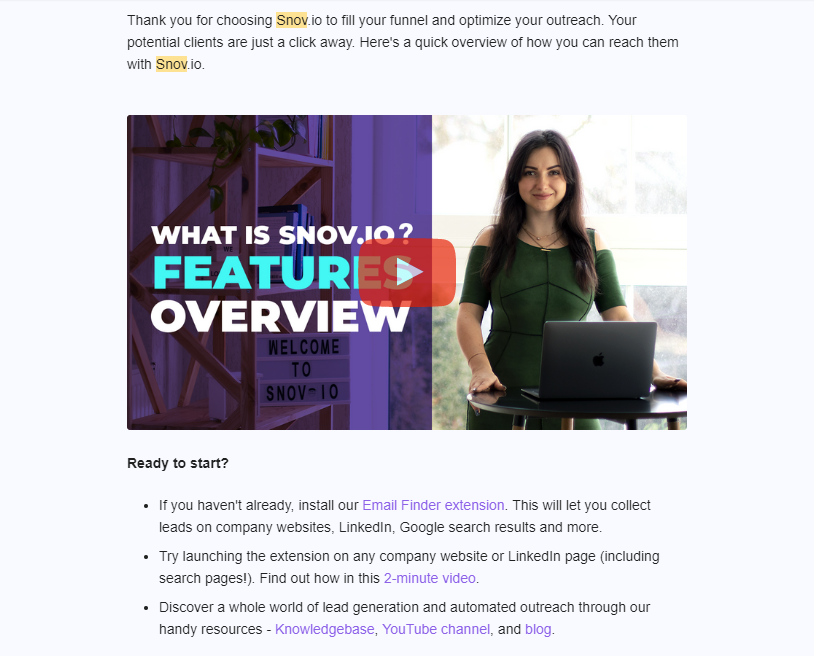
It’s advisable to launch a series of subsequent emails, say 4 to 6. These allow connecting new subscribers with the company even more. The “greeting tail” may also serve the following business purposes:
- Cross- and up-selling
- In-person communications with a prospect via scheduled calls
- Better feedback & testimonials.
Although it may seem irrelevant, well-prepared welcome series can elevate revenues up to 89%!
5. Make your subject lines stand out
There is a golden standard for a good email subject line – briefness, specificity, and soul. Remember – a subject line is a basis on which users decide whether to read the email or not. Hence, to increase opening chances, consider these tips:
- Size the sentence to no more than 60 characters
Because nearly half of the emails are browsed via a smartphone, it is better to alter subjects to 25 to 30 characters.
- Avoid caps and add emojis consciously
Don’t make a subject line look like junk. Messy and all-caps headlines may grab attention, however, they are unlikely to bring you many openings. In most cases, sticking to minimalism is a winning strategy.
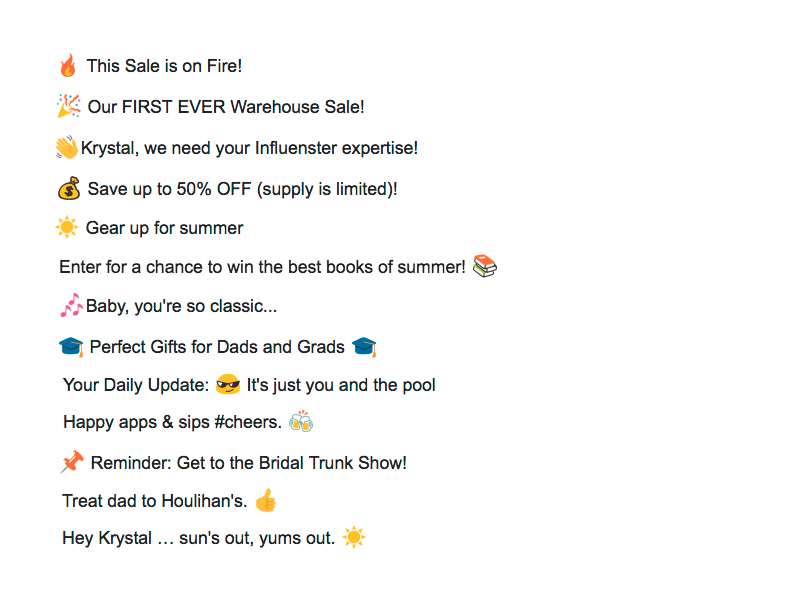
- Place the most relevant words first
Because users may check Inboxes on screens with different dimensions, you have to be sure the essence of the sentence will be visible in 100% of cases.
- Don’t waste space
Again, due to character limitations, add expressions for a reason. Avoid unessential words, like “dear”, “hello”, “did I bother you?”, etc. Whatever the politeness is needed – just add these in the message.
- Add keywords
Recipients use search and filters to navigate through the Inbox. Incorporate relevant search terms in subject lines and come up with higher chances to be noticed.
6. Think of an ideal timing and frequency
Readers are bouncy during the first half of the day, and afterward, their activity gradually fades away.
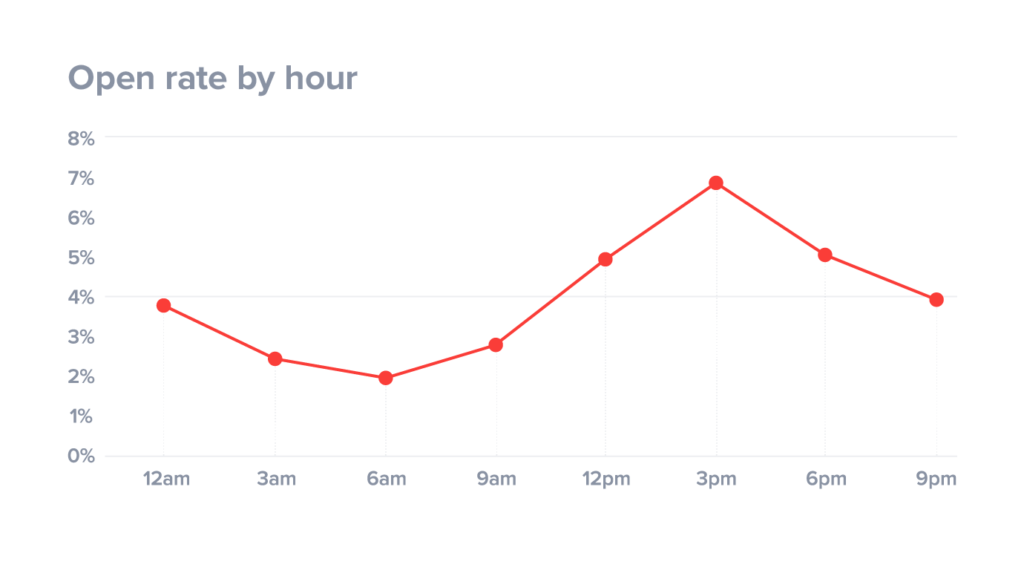
Most people start the day by checking their mailbox while continuing to lie in bed. Hence, it’s better to message between 9 am – 5 pm, when the open ratio makes on average 53%. For comparison, indicators for 00.00 – 8 am or 6 pm – 11 pm amount to 16% and 24%, respectively.
Mailing frequency influences open rate, but defining the best-working benchmark here is very puzzling. The only course of action is to test various hypotheses and see which performs best. To begin with, investigate a buyer’s journey in detail. To launch experiments, follow some “best practices”:
- Try not to exceed 3-4 regular newsletters per month
- Settle an email preference center for subscribers
- Launch AB tests.
7. Always provide value
Notwithstanding proper mailing schedule and subject lines, without worthwhile content chances of winning long-lasting users’ attention are poor. Every single newsletter should bring value to whom it was sent to, and it’s not always about money, of course. We’ve listed 6 examples of how to pamper subscribers:
- Free templates
Attach tutorials, handbooks, whitepapers, blank forms, or any other stuff that a recipient can download, print, and use.
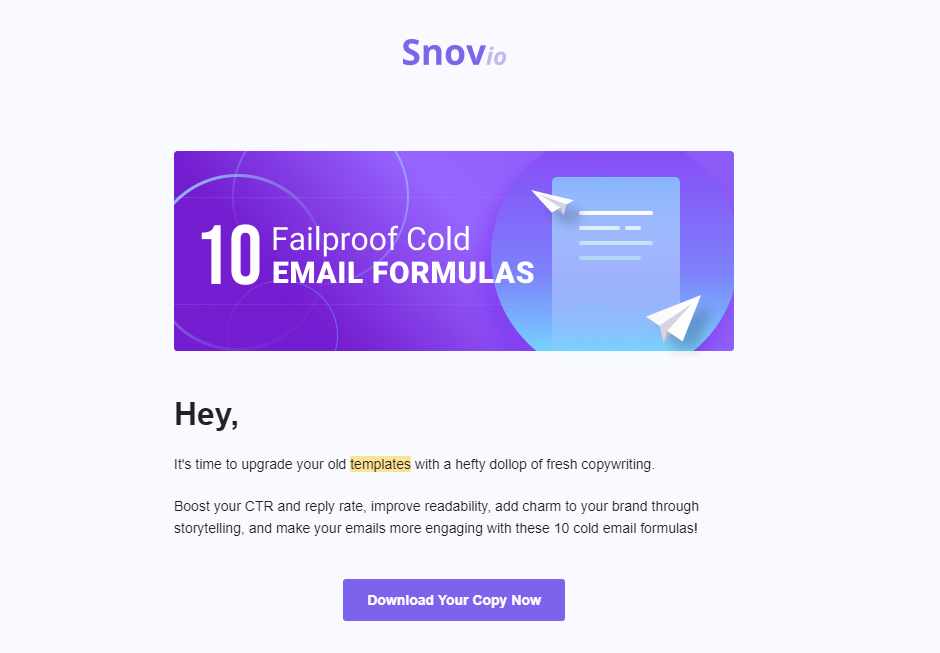
- Branded giveaways & contests
Why not provide subscribers with a good-looking printable calendar or design appealing posters? Or launch a sort of online competition with physical goods or money in reward?
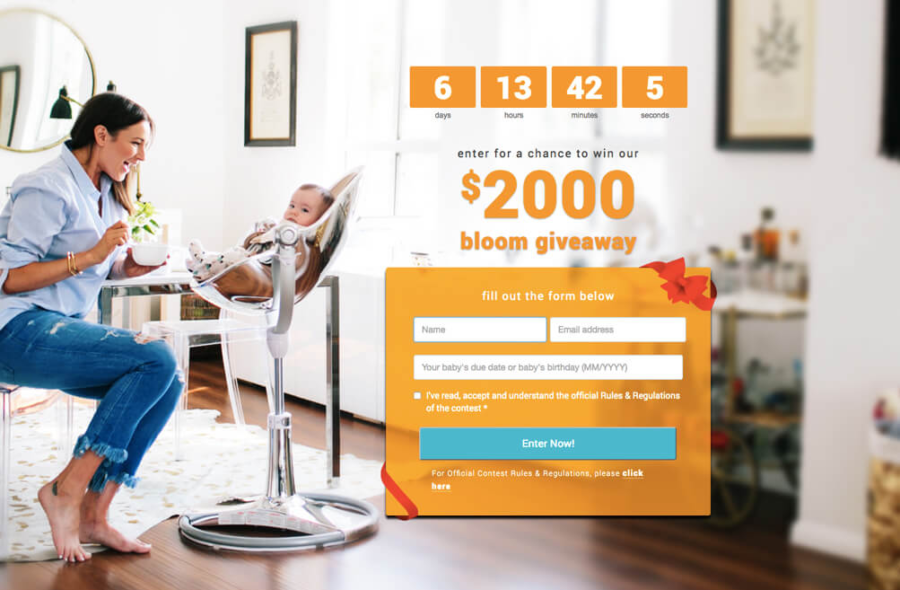
Willingness to offer something extra to customers shows you take care of relation-building and not account for them as “fat cats”.
- Case studies & success stories
The best way to convince someone of your product or service advantages is to show how other users have benefited from it.
- Entertaining & educating storytelling
This tactic is used by Quora. The digest it sends contains selected users’ stories that are relevant to one’s interests, thus, catch attention.
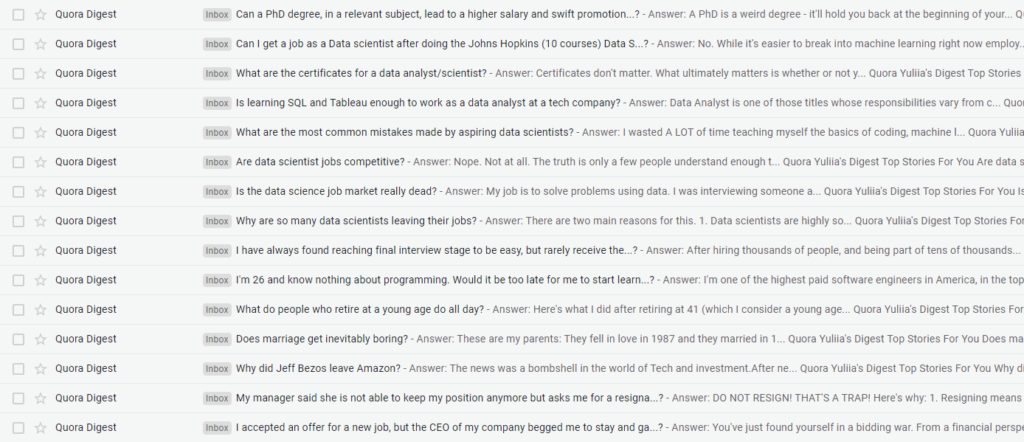
8. Avoid spam-trigger words
You can check out exact words that are better to avoid here. These troublemakers can be grouped into 5 segregated categories:
- Insistent – “quickly”, “now”, “last chance”, or similar calls
- Inflated – exaggerated statements like “1,000% profit”, “instant wins”, “best price”
- Hesitant – forcing phrases like “What are you waiting for?”
- All-wins – promise fortunateness in any case, like “guarantee”, “You’ve been selected!”, and others
- Shady – phrases that refer to illegal or questionable actions, for example, “lottery”, “casino”, “offshore”, and many more.
9. Make re-engagement campaigns
Once the lead is acquired, do your best to retain him or her for as long as possible.
Re-engagement email can wake up inactive subscribers and reduce churn rates. In a nutshell, it must contain:
- Clear field of inquiry
Don’t write down “We haven’t seen you for a while” – point out why a user shall visit your website or App right off, e.g “We have made cool updates since you’ve been away”.
- Self-explanatory buttons
Add clear CTAs. Avoid generic phrases like “Click” or “Follow the link” – use straightforward, like “Update email preferences” or “Verify your subscription”.
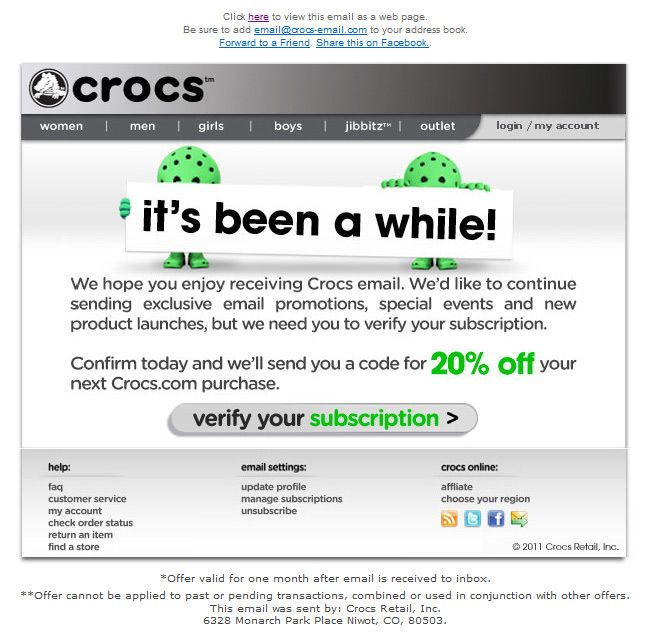
- Surprises or incentives
Include some eye-opening facts or images, or endorse users to return to your product by unlocking special features or providing exclusive access.
- Pointing to what was missed
You can briefly describe what the recipient may have missed – new products, new articles in the blog, etc.
10. Optimize your emails for mobile
Even though your newsletter layout may look accurate on desktop, this is only half of the deal. Make sure this looks good on mobile, as well. To fit small screens, use either scalable or responsive markup.
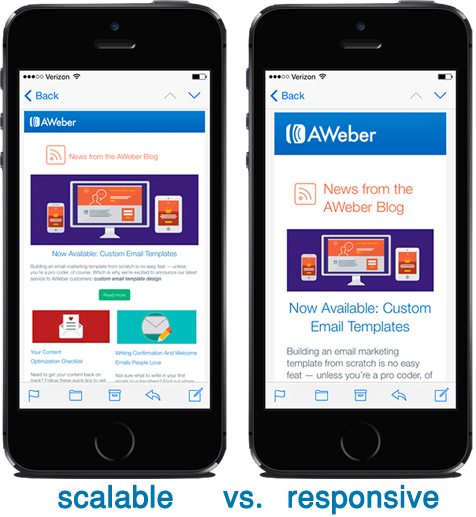
Assure that the preview text and a subject line don’t break off and that the email width doesn’t exceed 480px. Too much white space looks bizarre on small screens. To reduce it, experiment with different fonts & image sizes.
11. Email Security
It’s important to prevent email phishing, email spoofing, and other cyber threats. The best way to secure your email domain is to use email authentication protocols (DMARC, DKIM, and SPF) that are used to authenticate messages sent from a corporate domain. You can also invest in a VPN for PC or a network monitoring system. This will retain complete control over your entire network and be sure your email is completely secure. According to recent cybercrime statistics, email remains one of the primary entry points for hackers and malicious software. The numbers reveal a sharp increase in phishing attempts and email-borne threats over the past few years. Recognizing the patterns and understanding the prevalence of such threats underscores the necessity of robust email security. With so much at stake, both in terms of sensitive data and financial assets, staying updated on these statistics is vital to adapting and enhancing security measures.
Wrapping up
Everything you need for an effective email marketing campaign and high open rates is targeting the correct segments, at the right time, and with the right message. Find the formula that works best through A/B testing tools and don’t forget to probe into GDPR requirements.



